Bathroom Remodeling Tips for Aging in Place: Practical Tips
Your home should evolve with you, especially if you plan to stay in it well into retirement. Investing in functional upgrades can help you prepare for your changing mobility needs.
The bathroom is usually the first spot to tackle. With its slippery floors, tight layouts, and outdated fixtures, it can be a serious safety hazard for older adults. In fact, the National Institute on Aging says that 80% of falls among seniors happen in the bathroom because of slick surfaces.
In this post, we’ll walk you through simple bathroom remodeling ideas for elderly homeowners. By the end, you’ll know how to design a space that’s safe, functional, and ready for aging in place. Let’s begin.
Prioritize Accessibility Without Sacrificing Style
The idea of accessibility often brings to mind clunky grab bars and institutional-looking features, but it doesn’t have to be that way. There are plenty of modern fixtures that are just as attractive as they are practical.
You can include:
Walk-In Showers
A walk-in shower eliminates the need to step over a high tub edge. Consider options with a low or no-threshold entry to make it easy to walk or roll in if you ever use a wheelchair.
Non-Slip Flooring
Choose slip-resistant tiles or vinyl for better grip, even when the floor is wet. You can also place mats with rubber backing near the sink, toilet, and shower. Look for ones that are low-profile to avoid tripping.
Wide Doorways
If you’re remodeling, make sure the bathroom door is at least 32-36 inches wide to accommodate wheelchairs or walkers.
These features are staples of any accessible bathroom remodel and will also elevate your home’s design.
Install Grab Bars That Blend In
Grab bars are one of the most useful additions for a bathroom remodel for seniors. They offer additional support around the shower, tub, and toilet.
Thankfully, you’re no longer limited to the clinical-looking metal rods you see in hospitals. Today’s grab bars come in a variety of finishes, from brushed nickel to matte black, and can double as towel racks or shelving for a more integrated look.
Pro Tip: Make sure your grab bars are securely anchored to support adequate weight. You’ll want them mounted into wall studs or with proper anchors.
Choose a Comfort-Height Toilet
Standard toilets can be a challenge for anyone with limited mobility. A comfort-height toilet—also called a chair-height toilet—sits about 2-4 inches higher than regular models, so it’s easier to sit down and stand up. If replacing the toilet isn’t in your budget, you may want to install a seat riser.
Also, bidet attachments or standalone bidet seats are great upgrades for a bathroom remodel for elderly adults. They improve hygiene and reduce the need for twisting or reaching.
Go Hands-Free Wherever You Can
Integrate automation into your bathroom remodel for seniors. Hands-free fixtures reduce the need to grip or twist knobs, which can be difficult for people with arthritis.
Motion-Sensor Faucets
Motion-sensor faucets are perfect for reducing germs and minimizing effort. Just wave your hand, and the water turns on.
Touchless Toilets
Some toilet models allow you to flush with the wave of a hand or via a smartphone app. You can invest in them for both hygiene and ease of use.
Automatic Lighting
Motion-activated lights make sure the bathroom is always well-lit without you having to fumble for a switch and potentially hurting yourself. For added convenience, install low-level motion-sensor lights along the floor or baseboards.
Improve Lighting for Better Visibility
Dim lighting can make it harder to see hazards, so focus on brightening up your bathroom. Layered lighting works best—combine overhead fixtures, vanity lights, and nightlights to create an evenly lit space.
Be sure to focus on:
- Vanity Area: Use task lighting around the mirror to reduce shadows when grooming.
- Shower Area: Waterproof recessed lights can brighten the shower.
- Pathway Lighting: Install motion-sensor lights along the floor or baseboards to guide you at night.
Add Storage That’s Easy to Reach
Traditional cabinets with deep drawers can be hard to access, especially if you have to bend or reach. Go for pull-out shelves, lazy Susans, or open shelving to make items easy to grab.
We recommend keeping frequently used items like toiletries and towels within arm’s reach to minimize unnecessary movement.
Invest in Anti-Scald Technology
Hot water can be incredibly dangerous, more so for seniors with slower reaction times or reduced sensitivity to temperature changes. You can avoid this by installing anti-scald valves on your faucets and showerheads.
Anti-scald valves regulate water temperature by automatically adjusting the mix of hot and cold water. For example, if someone flushes a toilet or runs a faucet elsewhere in the house, the valve prevents a sudden blast of hot water from catching you off guard.
Adjust the Sink Height
Standard countertops can feel too high or too low, depending on your mobility needs. If possible, customize the height of your vanity to make it comfortable to use while standing or seated. A floating vanity is a great option for bathroom remodeling for aging in place since it leaves space underneath for wheelchair access.
Budget-Friendly Tips for Aging in Place
Not everyone has the budget for a full-scale accessible bathroom remodel, and that’s okay. There are plenty of smaller, affordable changes you can make to improve safety and convenience.
Handheld Showerheads
Replace your standard showerhead with a handheld version. It makes rinsing easier and may come with adjustable settings for comfort.
Toilet Safety Frames
A toilet safety frame adds handles on either side of the toilet for extra stability when sitting or standing. It’s affordable, easy to install, and doesn’t require permanent changes.
Shower Curtain with Weighted Hem
Replace a heavy shower door with a weighted shower curtain. It’s easier to move and reduces the risk of bumping into hard glass or metal edges.
Work With Professionals Who Understand Aging in Place
While some accessible bathroom remodels are simple DIY projects, others—like plumbing and structural changes—are best left to professionals. Look for contractors who have experience with aging-in-place designs or certifications like CAPS (Certified Aging-in-Place Specialist). They’ll help you create a bathroom that meets your needs without unnecessary hassles.
Final Thoughts
A bathroom remodel for aging in place doesn’t mean you have to give up style or comfort. By focusing on safety, accessibility, and a few thoughtful design touches, you can create a space that feels welcoming and works for you as your needs change.
At Lifespan Bath Remodel, we specialize in creating accessible, beautiful bathrooms designed to meet your needs now and in the future. Our expert remodelers are here to help you age in place confidently with a comprehensive range of solutions.
Contact us for a consultation today.
We beat any competitor by $100.
Get your free quote!
Recent articles
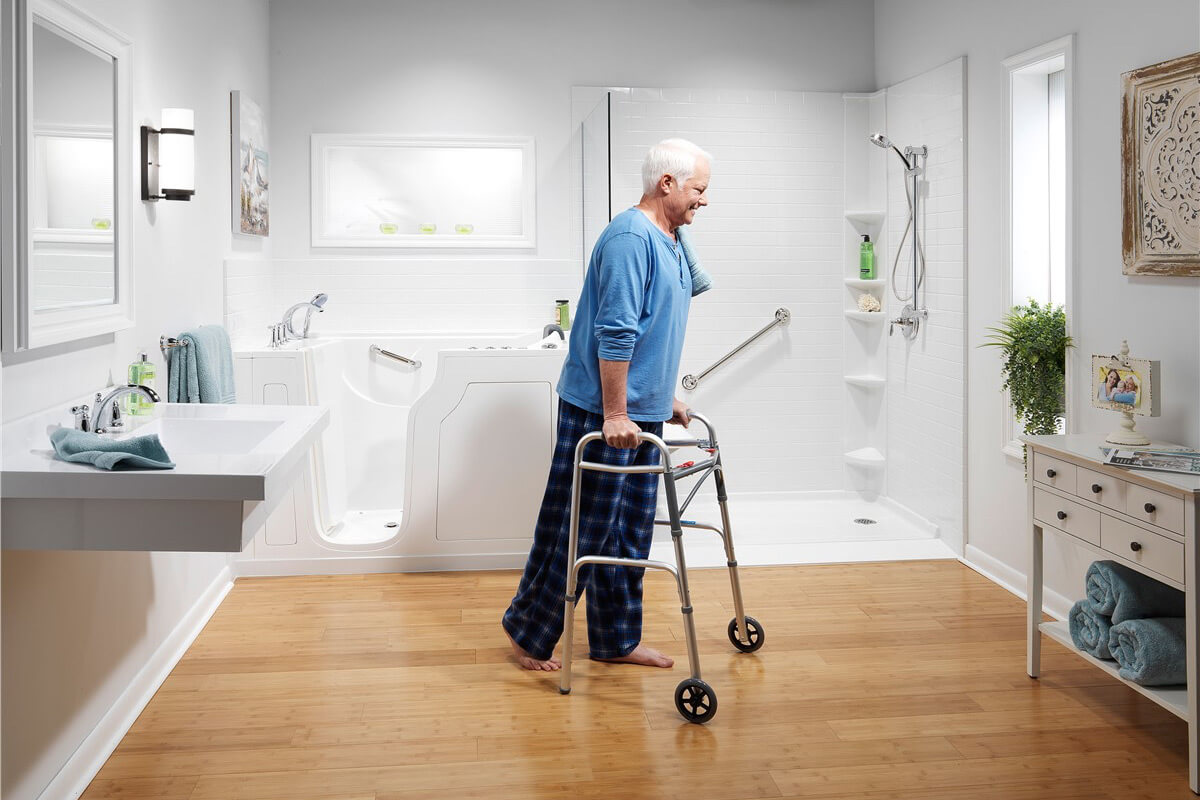
What Are the Pros and Cons of a Wet Room?
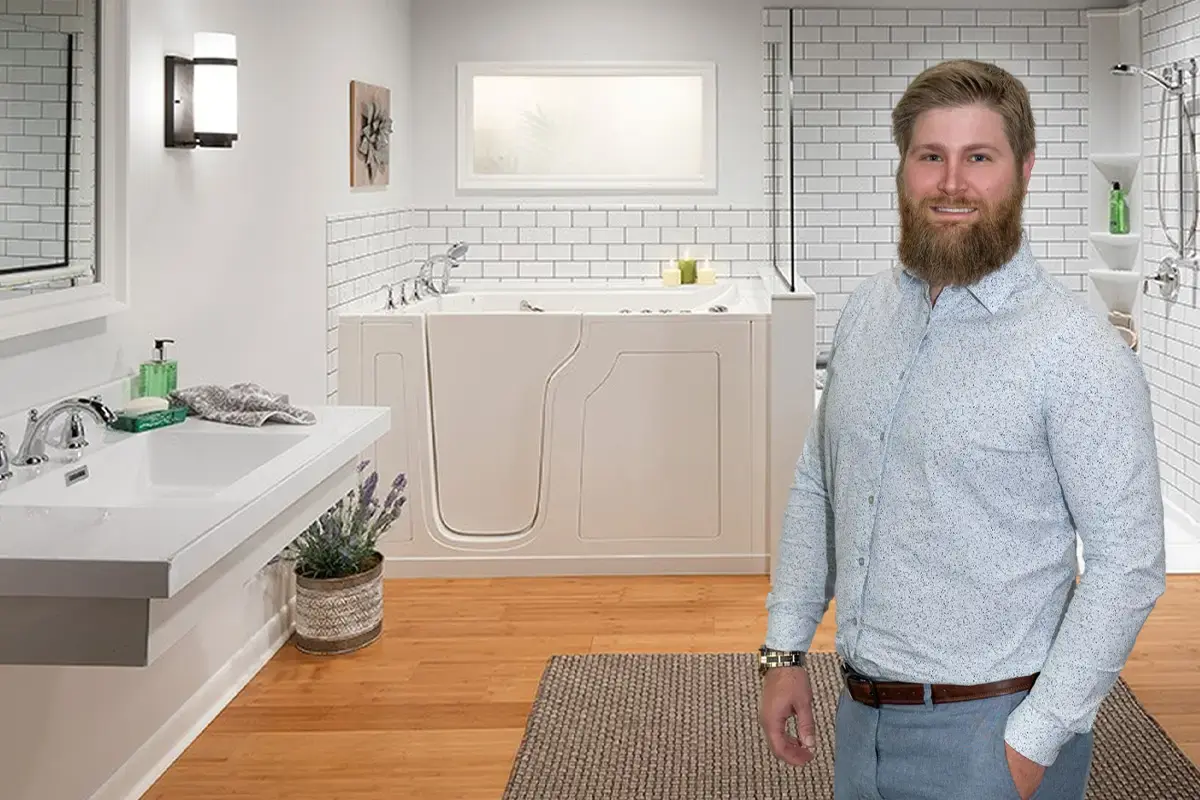
Shower Doors vs. Shower Curtains: Which is Right for You?
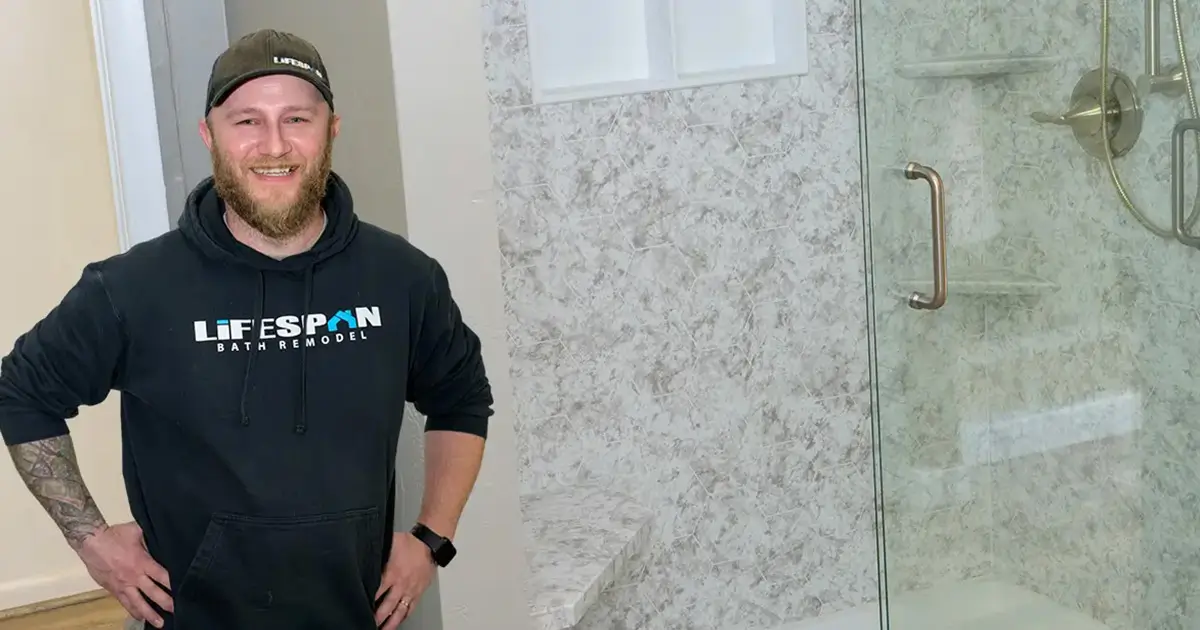
How to Make Your New Bathroom Easy to Clean by Design
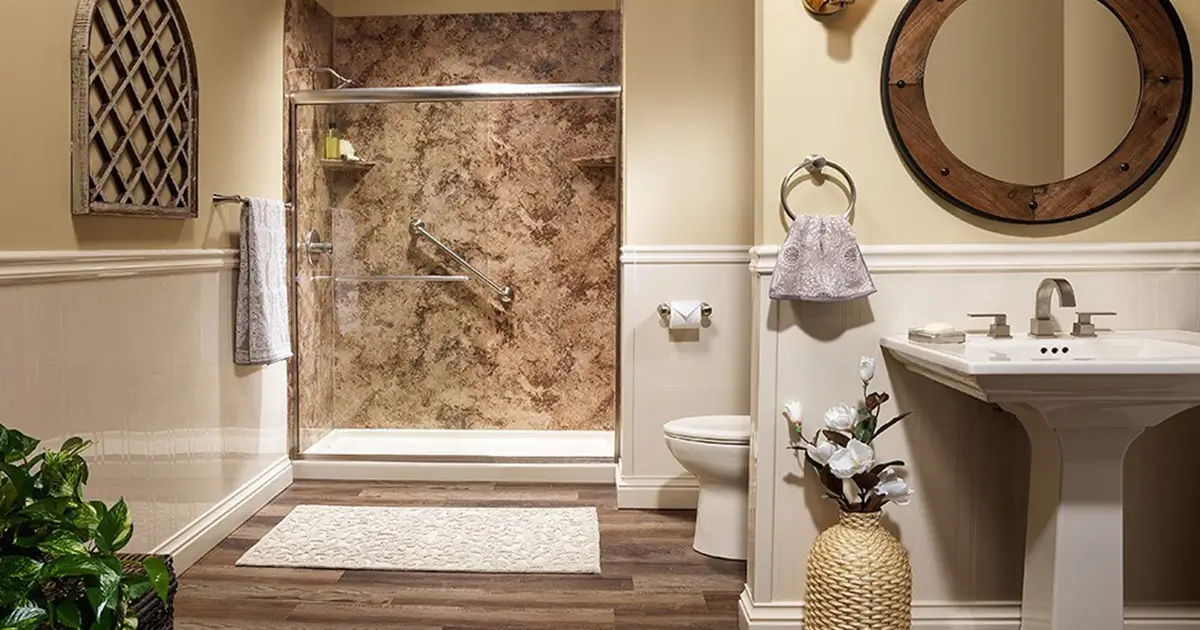
Bathroom Remodeling Tips for Aging in Place: Practical Tips
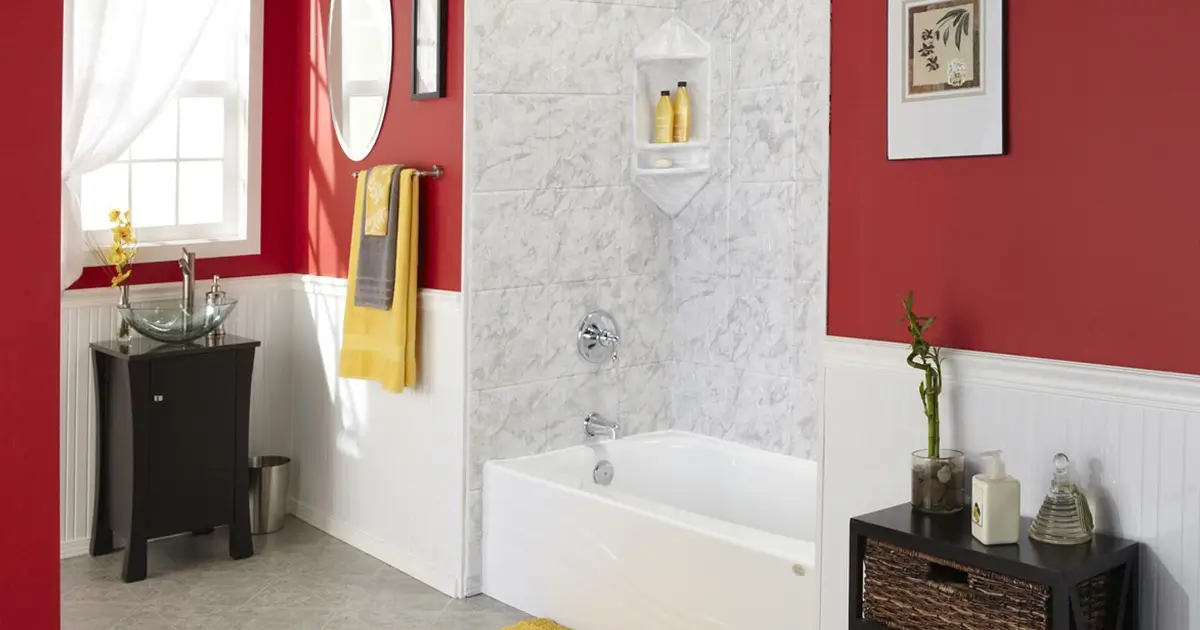
15 Tips for Incorporating Storage in Modern Bathroom Designs
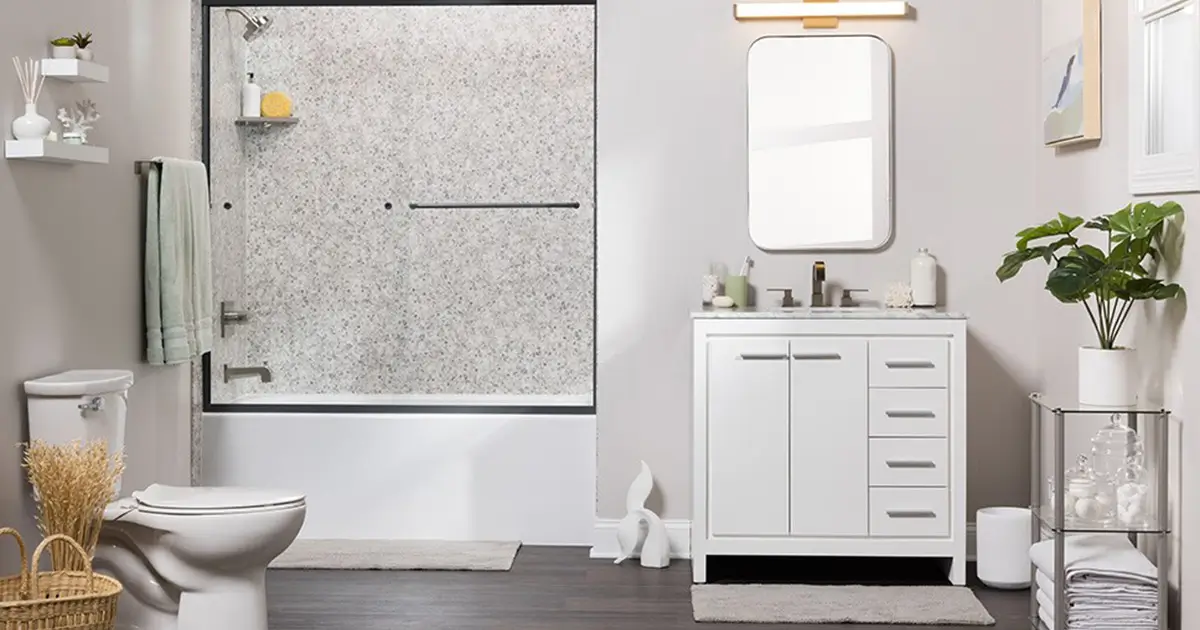
Bathroom Ventilation: Why It Matters and How to Improve It
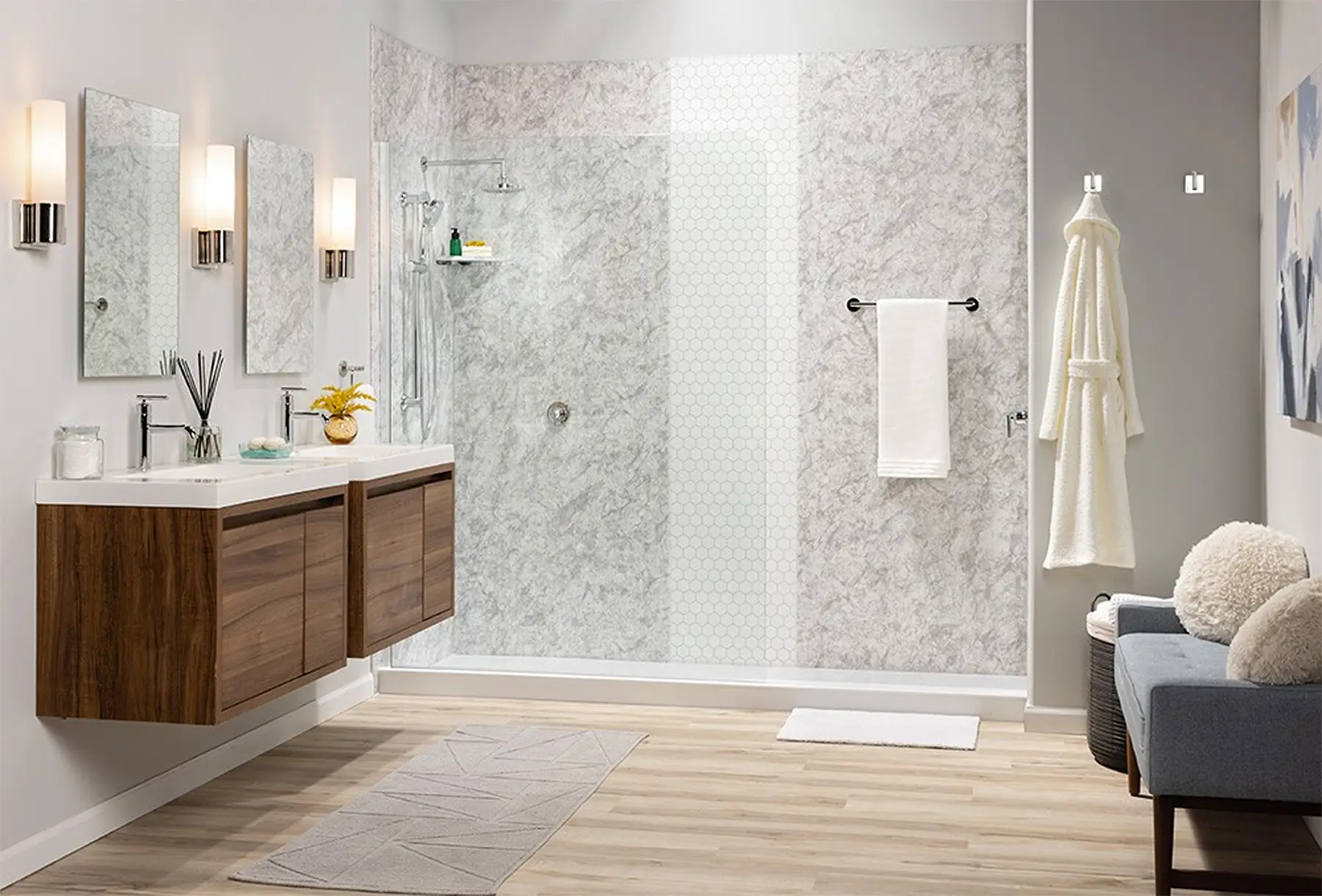
Understanding the Costs of Converting a Bath Tub to a Shower
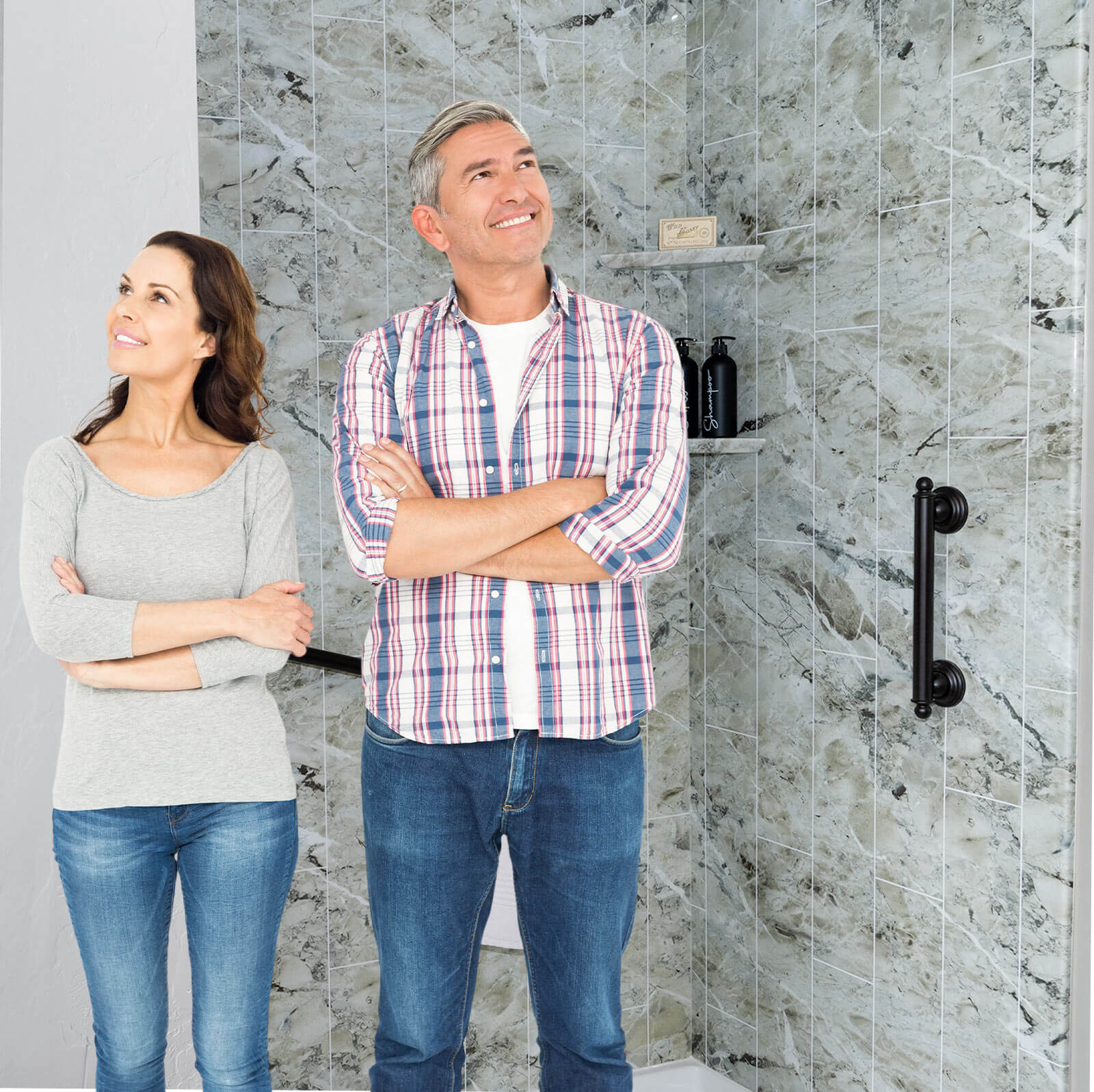
8 Signs You Need to Remodel Your Bathroom
Related Posts
What Are the Pros and Cons of a Wet Room?
More homeowners are ditching the classic tub-and-shower setup in favor of the modern wet room bathroom. Created as a functional way to save...
Shower Doors vs. Shower Curtains: Which is Right for You?
So, you’ve decided to install a combined shower-bath. Great choice! But now comes the big question: should you go with a shower curtain...
How to Make Your New Bathroom Easy to Clean by Design
Having a big, beautiful bathroom is one thing, but keeping it clean is another. Cleaning a bathroom isn’t anyone’s favorite chore. In fact,...
